Opening the door to digitally-printed design
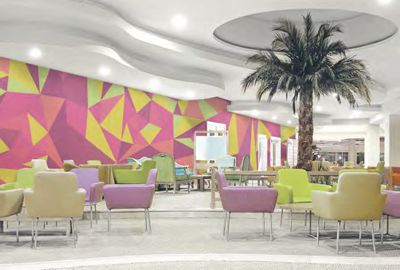
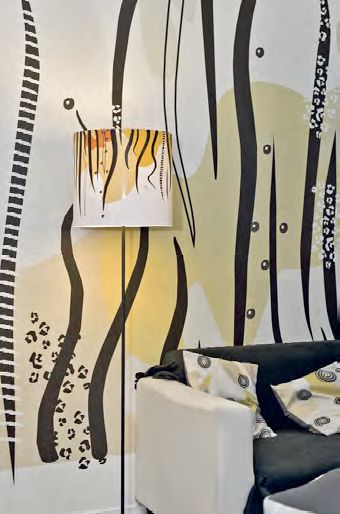
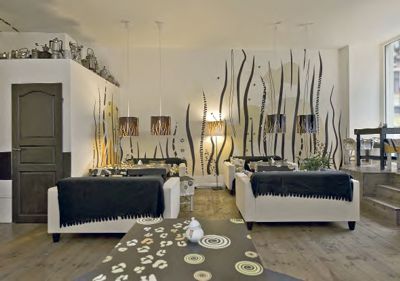
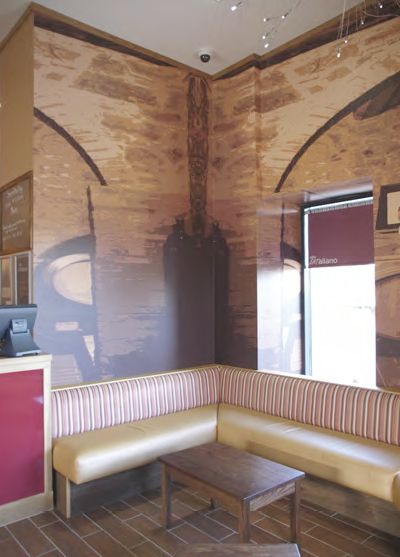
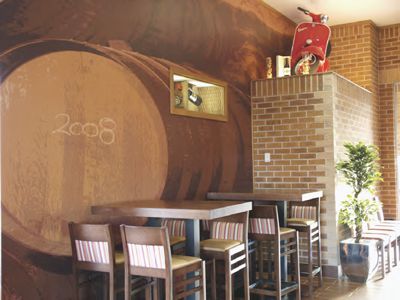
By Arzu Ilhan Babaoglu, General Manager, Large-format Printing, Sign & Display, EMEA, HP
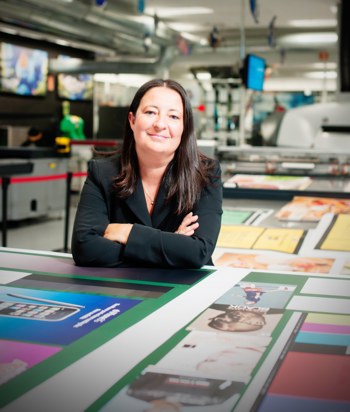
There is a nearly limitless realm of design possibilities just waiting to be explored by forward-thinking designers and manufacturers – one you may have never even considered. This emerging opportunity lies in unique, customised design pieces you can create using the latest digital printing technologies from companies like HP.
Digital printing puts custom-printed wallcoverings, curtains, rugs, lampshades, pillow covers, ceiling tiles, ceramics, glass and wood within reach. With this wide variety of substrates and digital artwork available, you are no longer limited by what can or cannot be printed, but by your imagination.
Pushing boundaries with digital printing
In a highly competitive and commoditised world, design is becoming a key way for brands to differentiate themselves. They want to provide a unique experience, touching everything from the product itself to the shopping experience, and they want their stores to deliver this same look and feel. Restaurants and hotels are also investing to create environments that make the stay unique. And consumers are looking to add their personal touch to favourite objects or spaces, be it their gadgets, cars or rooms.
The new printing technologies help address this increasing demand for one-of-akind designs built around a brand image or reflecting individual tastes, changing the scope of design.
To demonstrate this, HP recently partnered with world-renowned designer Karim Rashid to create a lounge area in HP's exhibition booth at Heimtextil that would inspire visitors and show off the possibilities of digital printing.
Karim Rashid comments: "When I designed the HP lounge at Heimtextil, I decided I would try to exploit all the possible materials and substrates that could be printed with the HP technology. I thought about flooring, textiles, wallpaper, decorative surfaces, the ceiling and even lamps. Digital technology is a beautiful way to bring radical ideas to life and push boundaries; but at a practical level, it also lets you very quickly print an entire floor or wall to have clients experience and approve a project immediately before production."
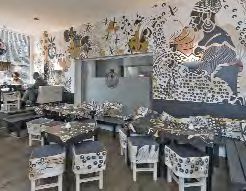
Digital makes the difference
Digital printing not only fits with today's design process because of its flexibility, but it also saves time, inventory costs and reduces waste. Traditionally, printed wallcovering and textile manufacturers have relied on analogue printing equipment to produce high volumes of a single print or style at the same time.
These analogue devices require an elaborate plate-making process before printing can begin and thousands of copies must be produced to make money. With digital printing, you can create wallcoverings for a single customer or a retail chain, printing only what is needed, when it is needed. Beyond production of final design pieces, digital printing technologies like HP Latex Ink solutions are also changing the way manufacturers and high-volume design firms proof projects. HP Latex Printing Technologies can print on cotton, polyester, coated and uncoated materials, so you can proof directly to the production substrate rather than paper. By printing to the production substrate, both you and your clients can get an exact idea of how the final output will look.
In addition to reducing waste, today's digital printing technologies can help designers and manufacturers show clients that the printed output meets high environmental standards, suitable for use in restaurants, medical facilities and even schools. For instance, water-based HP Latex Inks produce odourless prints and have achieved the UL Sustainable Product Certification. Wallcoverings produced using HP Latex Inks on HP PVC-free Wall Paper are GREENGUARD Children & Schools Certified, meet AgBB criteria and can help building owners obtain Leadership in Energy and Environmental Design (LEED) credits.
Print what you never thought possible
If you are interested in exploring digitally printed design, getting started may be easier than you think. The first step is to begin thinking about design projects as if the option to print on the floor, walls, ceilings and everything in between is a realistic option. When you are ready to print, a local print service provider with HP flatbed devices can print to rigid materials including wood, metals, glass and much more, and those with HP Latex technology can print on a wide variety of flexible substrates. With HP media, you have a broad range of substrates available for use with HP Latex inks, including HP PVC-free Wall Paper.
For manufacturers or large design firms, bringing these printers in house may prove more cost effective, particularly as new software options become available that go beyond printing. HP Latex users can now co-design wallcoverings with clients through the cloud-based HP WallArt Solution. This tool lets those new to wallcoverings easily manipulate designs around windows or doors with great detail.
Digital printing technologies are bringing new design opportunities to life for designers willing to print what they never thought possible. By using HP technology, you can express your creativity and create customised pieces in a more efficient way to match the demanding needs of today's buyer.
For more information please visit www.hp.com
